Coins wedged into the basalt rock columns of Giant's Causeway by tourists are causing damage and have prompted a warning from the UK's National Trust, the conservation charity which protects and cares for the Co Antrim site.
With the removal of damage-inducing coins expected to cost more than £30,000, the UK National Trust is appealing to visitors to stop the practice and follow advice to “leave no trace” in order to protect the famous Northern Ireland landmark.
“We know that visitors really love and cherish the Giant's Causeway, and many form deep personal connections to this special landscape," Dr. Cliff Henry, National Trust Nature Engagement Officer at the Giant’s Causeway, said this week.
"We know some may want to leave a token of their visit, but the coins are causing damage, and we are urging people to stop the practice and to leave no trace so this natural wonder remains special for future generations.”
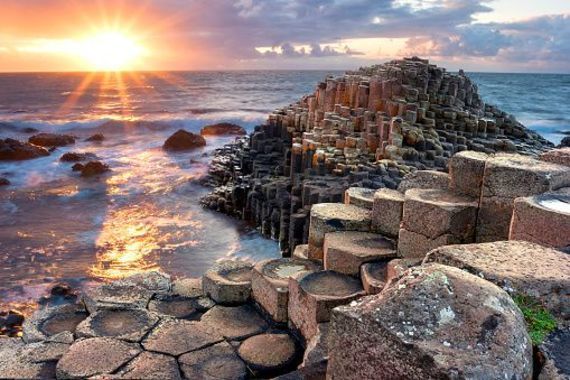
Giant's Causeway in Co Antrim. (Getty Images)
British Geological Survey report
A 2023 report by the British Geological Survey has concluded that the coins wedged into the joints and cracks in the rock are having a detrimental impact on the basalt rock of the Giant’s Causeway, both aesthetically and physically.
The practice dates back some 40 years, though it's seen an uptick in the past decade or so.
“The report has found that fracturing and disintegration of the basalt rock adjacent to joints and cracks into which coins have been inserted is the result of the ‘expansive delamination of the coins upon oxidation,'" Dr. Henry explained.
“In other words, the coins are rusting, and expanding to three times their original thickness, which puts huge pressure on the surrounding rock, causing it to crumble.
"Unsightly streaks of copper, nickel, and iron oxides are also staining the stones where the coins are corroding.”
Giant’s Causeway attracts visitors from all over the world, and the coins found wedged in the rocks show the wide range of visitors. Most are from the UK or the Eurozone, but others are from the Far East, the US, or elsewhere.
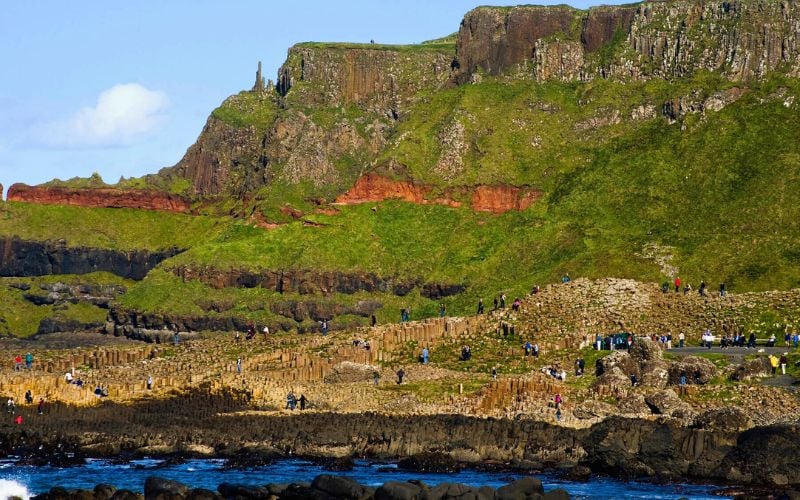
Giant's Causeway in Co Antrim is a popular tourist site. (Ireland's Content Pool)
Corrosion
Dr. Henry continued: “Many coins have a centre of one metal, with a thin coating of another.
"UK ‘copper’ coins, since 1992, have a steel core with only a thin layer of copper on the outside, while 5, 10 and 20 pence pieces are nickel-plated steel.
"When coins start to corrode, the steel often corrodes faster and separates from the different metal of the outer layer. This delamination causes the basalt to flake.
“The coins here also have accelerated corrosion because they are often soaked in saltwater spray, and the mixture of metals means they break down faster.”
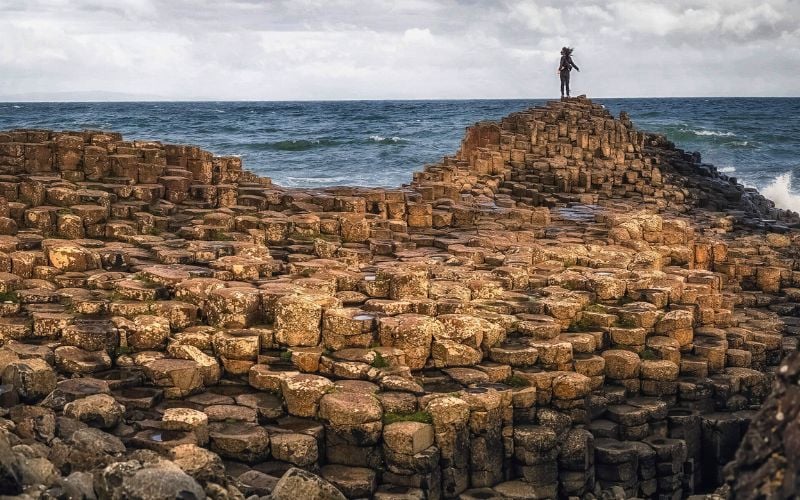
Giant's Causeway. (Ireland's Content Pool)
Ten test removal sites
The UK National Trust, in partnership with Causeway Coast and Glens Heritage Trust, employed specialists in stone conservation to remove as many of the coins as they could without causing further damage on ten test locations.
The trial was successful, so it is hoped that all the remaining coins will also soon be removed.
The UK National Trust is now appealing to visitors to help by not adding any more.
“It is hoped that if visitors see fewer coins in the stones and hear appeals to stop the damaging practice, the problem can be solved.”
Giant's Causeway Coins ProjectGeologists from the British Geological Survey have concluded that the insertion of coins into the fractures is having a detrimental impact on the constituent basalt rock, both aesthetically and physically. Over the past decade, this ritual has become more common, with visitors from around the world seeing the coins and inserting their own into spaces in the natural joints and fractures of the basalt rock from which the Causeway is formed. This study, by the British Geological Survey has revealed the impact these coins are having and we are now asking visitors to stop. Here, Kirstin Lemon from the British Geological Survey and Dr Cliff Henry from the National Trust explain why these coins have become such a problem. Thanks to partners, Causeway Coast and Glens Heritage Trust for their support with this ongoing project💚 British Geological Survey | National Trust NI | Visit Causeway Coast and Glens | Discover Northern Ireland #CausewayCoinsProject #GiantsCauseway #CausewayCoastandGlensHeritageTrust #BritishGeologicalSurvey #NationalTrustNI #VisitCausewayCoastandGlens #DiscoverNI
Posted by The Giant's Causeway on Wednesday, February 5, 2025
UK National Trust's appeal
“We protect and care for places so people and nature can thrive," Dr. Henry added.
"We are appealing to visitors to help us protect the World Heritage Site by stopping the practice of inserting coins into the Causeway stones.”
The UK National Trust has been working with a number of partners to help tackle the coin issue and thanked the Causeway Coast and Glens Heritage Trust, who have been instrumental in securing funding for the trials to remove the coins so far and in appointing Consarc Design Group to oversee the work so far.
The National Trust also thanked its partners on the Giant’s Causeway World Heritage Site Steering Group for their support in helping care for the World Heritage Site.
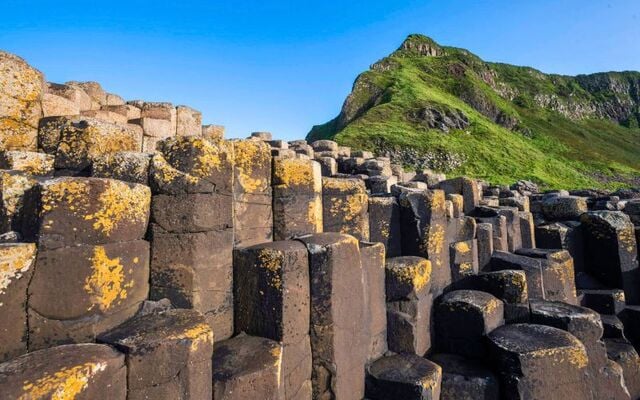
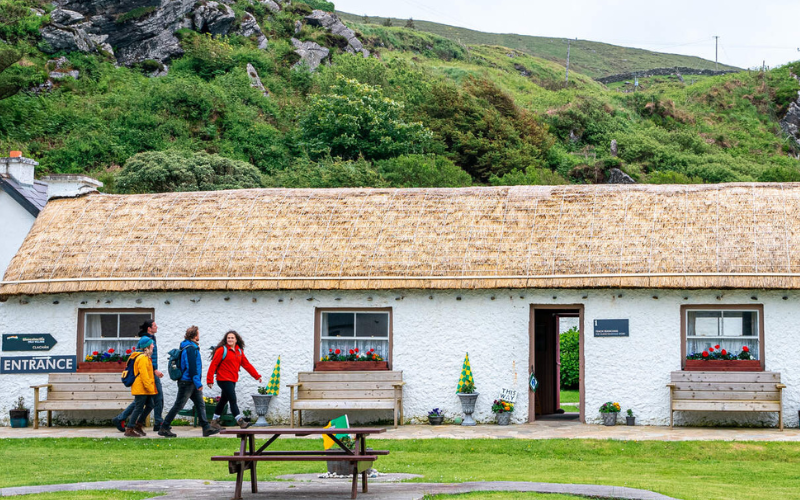

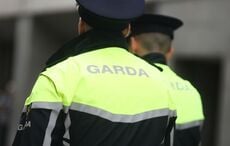
Comments